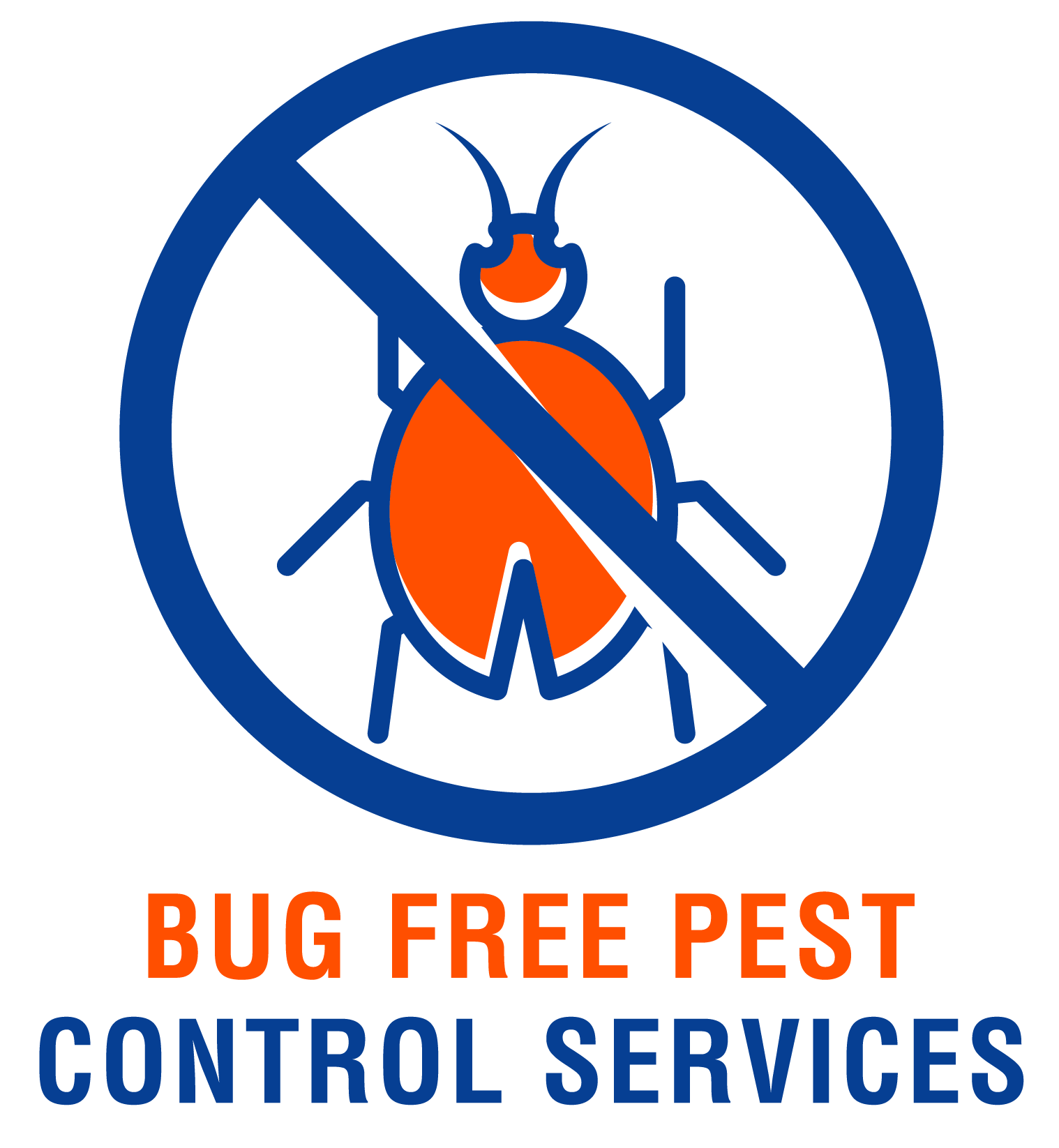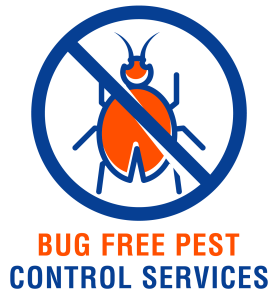Welcome to a guide on Effective pest control methods for agricultural crops! In order to protect your valuable crops from destructive pests, it’s important to implement strategies that are both sustainable and effective. From natural predators to integrated pest management techniques, there are various approaches you can take to ensure a bountiful harvest. By understanding the pests that threaten your crops and utilizing these control methods, you can effectively manage pest populations and safeguard your agricultural livelihood. Let’s explore some of the most successful pest control methods for agricultural crops together. Have you been looking for ways to protect your agricultural crops from pests while maintaining environmentally friendly practices? You’ve come to the right place! In this comprehensive guide, we will explore various effective pest control methods that will help you keep your crops healthy and thriving. From preventive measures to organic solutions, this article will provide you with the necessary tools and knowledge to combat pests in your agricultural fields. Read on to learn more!
Understanding Common Agricultural Pests
Before diving into pest control methods, it’s essential to familiarize yourself with the most common agricultural pests that can plague your crops. From insects to rodents, each pest has its unique characteristics and preferred environment. By understanding these pests, you can better tailor your pest control approach to effectively manage and eliminate them.
Insect Pests
Insect pests are a significant threat to agricultural crops, as they can quickly cause widespread damage if left unchecked. Some common insect pests include aphids, caterpillars, beetles, and mites. These pests feed on plant tissues, depleting nutrients and weakening the plants’ overall health.
Rodent Pests
Rodents such as mice, rats, and gophers can also wreak havoc on agricultural fields by burrowing underground, feeding on crops, and contaminating stored produce. These pests can multiply rapidly, creating a substantial challenge for crop protection.
Understanding the behavior and lifecycles of these common agricultural pests is crucial for implementing effective pest control measures. By identifying the signs of pest infestations early on, you can take proactive steps to protect your crops before significant damage occurs.
Preventive Pest Control Measures
Prevention is often the most effective strategy for managing agricultural pests. By implementing preventive measures, you can create a hostile environment for pests and reduce the likelihood of infestations. Here are some essential preventive pest control methods to consider:
Crop Rotation
Crop rotation is a time-tested method for preventing pest infestations in agricultural fields. By alternating the types of crops grown in specific areas each season, you can disrupt the lifecycle of pests that target specific plant species. This practice helps maintain soil fertility, reduce pest populations, and improve overall crop health.
Sanitation Practices
Maintaining cleanliness and order in your agricultural fields is crucial for preventing pest infestations. Remove crop residue, weeds, and any debris that can harbor pests and provide breeding grounds. Regularly clean storage facilities, equipment, and irrigation systems to eliminate potential hiding spots for pests.
Barrier Protection
Physical barriers such as row covers, fences, and nettings can help protect your crops from insect pests and small animals. These barriers create a barrier between the pests and the plants, preventing them from accessing the crops and causing damage. Consider installing fences or nettings around your fields to shield your crops from unwanted visitors.
Natural Predators
Introducing natural predators of agricultural pests into your fields can help maintain a balance between pests and beneficial insects. Ladybugs, lacewings, and parasitic wasps are examples of natural predators that can feed on pest populations and keep them in check. By promoting a diverse ecosystem in your fields, you can reduce the need for chemical pesticides and encourage natural pest control.
Implementing these preventive pest control measures can help minimize the risk of pest infestations in your agricultural crops and create a more sustainable farming environment. By taking proactive steps to protect your crops, you can reduce the reliance on chemical pesticides and promote natural pest management practices.
Organic Pest Control Methods
Organic pest control methods offer a safer and eco-friendly alternative to chemical pesticides, providing effective solutions for managing pests while maintaining soil health and biodiversity. These methods utilize natural ingredients and biological agents to target pests without harming beneficial organisms or the environment. Here are some popular organic pest control methods to consider:
Neem Oil
Neem oil is a naturally derived insecticide and repellent that is effective against a wide range of insect pests, including aphids, mealybugs, and caterpillars. It works by disrupting the growth and reproduction of pests, making it difficult for them to feed and develop. Neem oil is biodegradable and safe to use around humans and pets, making it an excellent choice for organic pest control.
Diatomaceous Earth
Diatomaceous earth is a natural powder made from fossilized remains of diatoms, tiny algae-like organisms. This powdery substance acts as a desiccant, drying out the exoskeletons of insects and causing them to dehydrate and die. Diatomaceous earth is effective against crawling insects such as ants, roaches, and beetles, making it a versatile and non-toxic pest control option.
Beneficial Insects
Introducing beneficial insects into your agricultural fields can help control pest populations and reduce the need for chemical pesticides. Predatory insects such as ladybugs, lacewings, and praying mantises feed on pest insects, keeping their numbers in check and preventing infestations. By creating a habitat that supports beneficial insects, you can promote natural pest control and enhance the overall health of your crops.
Trap Crops
Trap crops are specific plant species that attract pest insects away from primary crops, serving as decoys to protect valuable crops. By planting trap crops such as marigolds, nasturtiums, or sunflowers near susceptible crops, you can divert pests and reduce damage to the main crop. Trap crops can help reduce the need for chemical pesticides and provide a sustainable pest management solution.
Organic pest control methods offer a holistic approach to managing agricultural pests, focusing on long-term solutions that benefit both crops and the environment. By integrating these organic pest control methods into your farming practices, you can reduce the reliance on synthetic chemicals and promote a more sustainable and eco-friendly agriculture system.
Chemical Pest Control Methods
While organic pest control methods are preferred for their safety and environmental benefits, chemical pesticides remain a valuable tool for managing severe pest infestations in agricultural crops. When used responsibly and according to label instructions, chemical pesticides can provide effective control of pests and prevent widespread crop damage. Here are some common chemical pest control methods to consider:
Insecticides
Insecticides are chemical pesticides designed to target and kill insect pests that damage agricultural crops. There are various types of insecticides available, including contact insecticides that kill pests on contact, systemic insecticides that are absorbed by plants and circulate throughout their tissues, and stomach poisons that are ingested by pests and disrupt their digestive system. Insecticides should be used selectively and with caution to minimize the impact on beneficial insects and the environment.
Herbicides
Herbicides are chemical pesticides that control unwanted weeds in agricultural fields, preventing competition for nutrients, water, and sunlight. There are pre-emergent herbicides that prevent weed seeds from germinating and post-emergent herbicides that kill existing weeds. Herbicides should be used judiciously and according to label instructions to avoid harming desirable plants and contaminating soil and water sources.
Fungicides
Fungicides are chemical pesticides that combat fungal diseases in agricultural crops, preventing infections and promoting plant health. Fungicides work by inhibiting the growth and reproduction of fungi that cause diseases such as powdery mildew, rust, and blight. Fungicides should be applied preventatively or at the first signs of disease to effectively manage fungal infections and protect crop yields.
Rodenticides
Rodenticides are chemical pesticides designed to control rodent populations in agricultural fields and storage facilities. These pesticides are formulated to attract and poison rodents such as mice, rats, and gophers, reducing their numbers and preventing damage to crops and stored produce. Rodenticides should be used with caution to minimize the risk of secondary poisoning to non-target species and the environment.
Chemical pesticides provide a short-term solution for managing severe pest infestations in agricultural crops, but their use should be limited and targeted to reduce impacts on beneficial organisms and environmental quality. When using chemical pest control methods, follow all safety precautions and regulatory guidelines to protect yourself, your crops, and the surrounding ecosystem.
Integrated Pest Management (IPM)
Integrated Pest Management (IPM) is a comprehensive approach to pest control that combines multiple strategies to effectively manage pests while minimizing environmental impacts. IPM focuses on prevention, monitoring, and intervention to achieve sustainable pest management in agricultural crops. By integrating various pest control methods and techniques, you can create a customized IPM plan that meets the specific needs of your crops and farming practices. Here are the key components of IPM:
Pest Monitoring
Regular monitoring of pest populations in agricultural fields is essential for early detection and intervention. Use sticky traps, pheromone traps, visual inspections, and other monitoring techniques to assess pest levels and identify potential threats. By tracking pest activity throughout the growing season, you can anticipate outbreaks and implement control measures before significant damage occurs.
Cultural Practices
Cultural practices such as planting resistant crop varieties, adjusting planting dates, and optimizing irrigation and fertilization can help reduce pest pressure and promote crop health. By creating favorable growing conditions for your crops, you can strengthen their natural defenses against pests and minimize the need for chemical treatments. Incorporate crop rotation, mulching, and other sustainable practices into your farming routine to enhance soil quality and resilience.
Biological Controls
Biological controls utilize natural enemies of pests, such as predators, parasites, and pathogens, to suppress pest populations and prevent infestations. Encourage beneficial insects, birds, and other organisms that feed on pests by providing habitat diversity and minimizing pesticide use. Use biological control agents such as nematodes, fungi, and bacteria to target specific pests without harming beneficial organisms.
Mechanical Controls
Mechanical controls involve physical methods of pest control, such as handpicking pests, using traps and barriers, and employing mechanical devices to reduce pest populations. Remove weeds, prune infested plant parts, and manually remove pests from crops to prevent damage and limit their spread. Install fences, nettings, and other physical barriers to exclude pests from agricultural fields and protect crops from damage.
Chemical Controls
Chemical controls should be used as a last resort in IPM, applied judiciously and in targeted areas to address severe pest infestations. When selecting chemical pesticides, choose products with low toxicity to non-target organisms, minimal environmental persistence, and low risk of resistance development. Follow all label instructions, safety precautions, and application guidelines to ensure the effective control of pests while minimizing environmental impacts.
By implementing an integrated pest management (IPM) approach in your agricultural fields, you can achieve long-term pest control and environmental sustainability. By combining preventive measures, organic solutions, chemical controls, and biological interventions, you can create a balanced and resilient farming system that promotes crop health, biodiversity, and ecosystem stability.
Conclusion
In conclusion, effective pest control methods are essential for maintaining the health and productivity of agricultural crops while protecting the environment and promoting sustainable farming practices. By understanding common agricultural pests, implementing preventive measures, utilizing organic pest control methods, and integrating chemical controls in a balanced IPM approach, you can effectively manage pest infestations and protect your crops from damage. Remember to monitor pest activity, practice good cultural practices, encourage natural predators, and use chemical pesticides responsibly to achieve optimal pest control results. By adopting a proactive and holistic approach to pest management, you can create a thriving and resilient agricultural system that ensures the long-term success of your crops. Happy farming!


